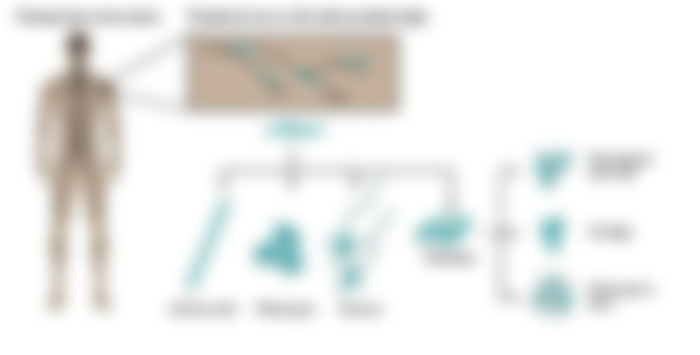Hints of Regeneration
Note: this article was originally published elsewhere in 2018.

Just after 12 on August 17th, surrounded by construction projects in various stages of completion across the campus, Dr. Igor Adameyko of the selfsame Adameyko Lab presented a talk at the Harvard Medical School Library on “non-canonical functions of the nervous system” with an eye towards “regenerat[ing] damaged tissues in tandem with regaining sensory nerve functions.” In other words: Adameyko was delivering a talk that left the layperson wondering about the regenerative properties of Wolverine.
As a general rule, it’s helpful to think of science as a thousand incremental steps (each of which have to be confirmed and then confirmed again), meaning that we should not — as a rule — believe the promise inherent in every amazing discovery that is passed onto us — but that doesn’t necessarily mean that we should try and limit our imaginations either.
That being said: the Lab argues that the study of the nerve cells in question that relate to the overall process being advanced here is a something new, noting that “10 publications from other independent research groups proving and expanding this very new concept.”
And while we weren’t able to get into the talk itself — even the man who gave the talk reported on having some trouble getting into the building where he was supposed to deliver the talk — we were able to get our hands on and look over the slides of the presentation. It’s here where we see slides of mice teeth growing back, a starfish regenerating an arm, a pedal crab regrowing an arm, and a newt regrowing a limb.
What is the principle of what’s at play? What are the fundamental issues underlying these quasi-analogous citations of other animals regrowing one particular bit or another?
Nerve cells transmit information across the body, but that’s not all they do: nerve cells also transmit morphogenic information as well — as in, information that determines an organism’s shape. The parasympathetic nervous system — the nervous system linked to the conservation of energy and the digestive tract — also has a role in developing glands.
The presentation notes that their idea — their concept — is the idea that nerve cells could serve as a ‘transportation route’ for ‘multipotent regenerators’ — as in, stem cells, citing a paper of theirs from 2017 where “peripheral glial cells” — cells which are responsible for maintaining homoeostasis (the state of your body simply being your body and doing a litany of normal, ‘automatic’ things) and for insulating and protecting neurons and axons — “generate neuroendocrine cells” and a paper that describes an end goal where “these multipotent nerve-adjacent cells can be reprogrammed in vivo and play a number of roles from creating pigmentation to controlling regeneration of a limb in amphibians or skin in rodents.”
What does this research set up? Per the presentation documents, it means potentially “understanding melanoma, neuroblastoma, and pheochromocytoma origin.” It means “improvements of skin healing, solving neurocutaneous diseases,” and “better treatments for leprosy.” More broadly, it means further exploring cell-replacement therapy. It means a chance to explore how the shape of a human face comes about and what kind of coding regarding the geometry of the face might already exist.
What sort of questions did this raise at the lecture? Per Adameyko, reached by e-mail, “there were some big questions pertaining mostly to the unknown heterogeneity of peripheral glial cells and how this cryptic heterogeneity can be connected to the diversity of their ‘alternative’ functions.” In other words: there were questions about how it was that the portion of the nervous system that had these particular cells could have the functional capacity to permit both uniform behavior and aberrant behavior.
Adameyko’s and his lab’s ultimate goal is to explore “non-canonical functions of the nervous system” with an eye towards “regenerat[ing] damaged tissues in tandem with regaining sensory nerve functions.” They have studied mice, zebrafish, and pursued single-cell transcriptomics in the name of pursuing this goal, though there is no word yet as to whether or not they’ve studied someone who sometimes goes by the name of Logan.
